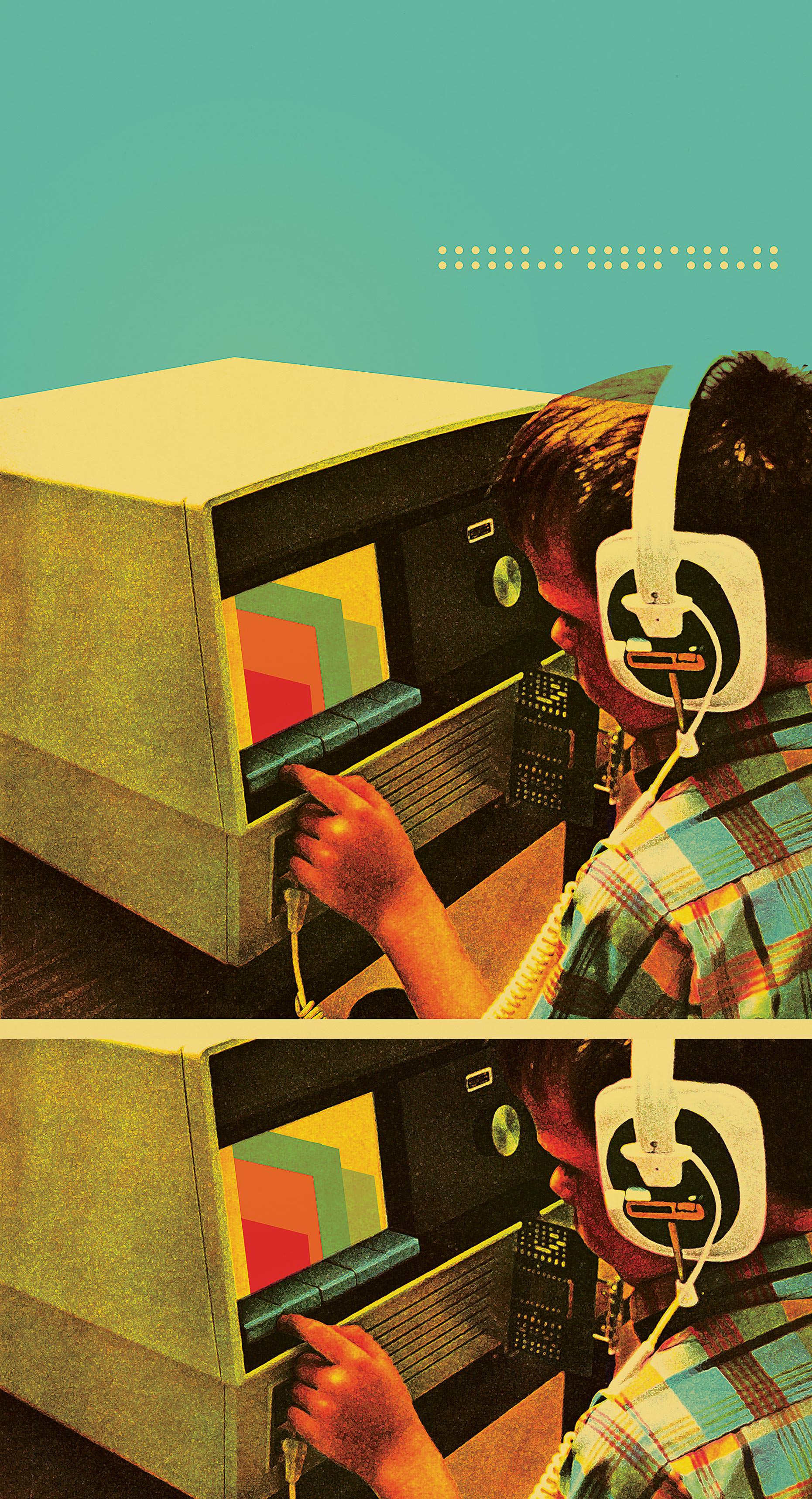It seems like most of us own or have owned a piece of ART gear at one time or another, and Tape Op has reviewed many of the company's recording products. The Tube Mix falls right in line with ART's ethos of purveying practical gear at attainable, realistic prices, while it offers a fun and ideal solution for home recording, podcasting, DJ work, basic live sound, and more — with the bonus of some vacuum tube mojo!
The Tube Mix is a five-channel mixer and two-channel USB interface, offering two mic/line preamps, a stereo line-level input, and a single hi-Z instrument input with a built-in "Amp Simulator" circuit that can be switched in. Each channel incorporates a three-band EQ as well as a pair of prefader aux sends that can be used for recording, effects, or monitoring. The internal 12AX7 tube circuit can be assigned to channels 1 and 2 simultaneously, or just to channel 5's DI input. A single switch provides phantom power for the XLR inputs on channels 1 and 2.
Upon first use, the Tube Mix immediately struck me with its versatility, build quality, and pseudo-vintage look. The mixer's footprint is a little smaller than a standard notepad, and it sports a pair of analog VU meters nestled in a black, powder-coated chassis, with easy-to-read controls and natural-finish wood sides. It's heavier than some portable mixers twice its size and built like a tank, yet it fits easily into a computer bag or backpack.
Recording with the Tube Mix as a USB interface is a blast. It's a fun, portable solution for capturing ideas and tracking demos. The Tube Mix is USB 2.0 class-compliant, so driver installation is unnecessary for modern versions of Windows, macOS, Linux, and iOS. But some DAWs have limited support for class-compliant USB interfaces, and the Tube Mix maxes out at 16-bit, 48 kHz operation, so in my opinion, it's unsuitable for professional recording. With that said, I found the Tube Mix's two mic preamps to be surprisingly good, with decent headroom for its price point and size. I was anxious to try the tube, which inserts after the solid-state preamp and before the EQ section. I found this configuration to add some really nice harmonic character (and a tiny bit of additional noise), especially when pushing the EQs hard.
Because of the tube's location in the signal chain, it's not suited for distortion or "driving" of the preamp. (For that kind of use, you'll have better luck with the portable Tube MP [Tape Op #53].) As the manufacturer states, "The tube circuit does not add much gain. It is optimized for adding warmth, not distortion." The EQ offers three bands (±15 dB): a high shelf (12 kHz), a midrange bell (2.5 kHz), and a low shelf (80 Hz). Midrange boost sounds great on electric guitar, but be careful with the low shelf as there's no high-pass filter.
Most of my testing of the Tube Mix revolved around singer/songwriter demos in my living room. We tracked electric guitar amp, acoustic guitar, voice, and percussion through the mic preamps. We also DI'd guitar through channel 5 with the tube assigned to it and Amp Simulator engaged. This gave us the opportunity to really sculpt the signal for usable, robust tones that were not achievable with a basic DI. I also played some electric bass and an old Casio keyboard through the DI with great results.
Spec-wise, the two mic preamps are what you'd expect from a mixer at this price point, but the ability to add tube saturation, and EQ it, puts the Tube Mix in a class of its own. Its output section is versatile for a mixer of this size, making it a handy tool for digital or analog recording/playback, live sound, digital broadcast, and home listening/entertainment. Despite its bitrate limitations, the Tube Mix is otherwise very flexible and portable, and its onboard preamps and DI are worth the price alone! Congratulations to ART on another great addition to their affordable line of audio tools.




_disp_horizontal_bw.jpg)